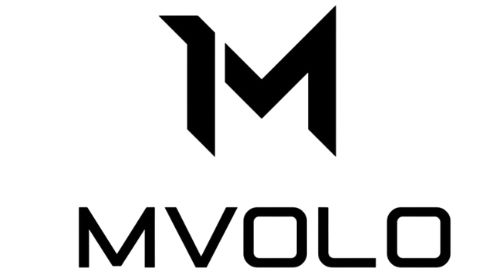Improving Cognitive Health with Red Light Therapy
Part
With the aging population and increasing life expectancy, more people are experiencing cognitive decline. This can range from mild memory issues to severe neurodegenerative conditions like dementia and Alzheimer's disease. But what if there was a simple, non-invasive way to support the brain and slow this process? Red light therapy (RLT) offers hope in the fight against cognitive decline.
What is Cognitive Decline?
Cognitive decline refers to a reduction in the ability to think, remember, and reason. It is a normal part of aging, but for some individuals, this process can happen more quickly. Factors such as stress, lack of physical activity, and poor nutrition can contribute to this decline. Additionally, conditions like Alzheimer's and Parkinson's can severely impact cognitive health.
The Impact of Aging on the Brain
As we age, our brain undergoes several changes that can lead to cognitive decline. The brain gradually loses its ability to form new connections between neurons, resulting in a decrease in neuroplasticity. Moreover, oxidative stress in the brain increases, which can lead to cell damage and inflammation. These processes play a key role in the decline of cognitive functions such as memory and focus. Blood flow to the brain also decreases with age, which can limit the delivery of essential nutrients and oxygen.
Fortunately, research suggests that certain therapies, like red light therapy, may help slow or even reverse these negative effects.
The Science Behind Red Light Therapy
Red light therapy is a treatment method that uses red and infrared light waves to stimulate cells. It works at a deeper level in the body and promotes energy production in the mitochondria, the powerhouses of our cells.
Research has shown that RLT offers benefits for improving brain functions. In a study published in Frontiers in Aging Neuroscience , mice exposed to red light therapy were tested on memory and learning. The results showed that the mice performed better in cognitive tests, suggesting that RLT may have neuroprotective effects.
RLT and Neuroprotection
One of the most promising aspects of red light therapy is its potential to reduce brain cell damage associated with aging and neurodegenerative diseases. Red light appears to have the ability to reduce oxidative stress, a key mechanism that contributes to cell damage in the brain.
A study conducted by the Journal of Applied Physiology supports these findings. The researchers discovered that infrared light could improve blood flow to the brain, which is crucial for maintaining cognitive health.
Conclusion
Red light therapy offers a promising, non-invasive approach to slowing cognitive decline. By improving cellular activity in the brain and reducing oxidative stress, it can contribute to better cognitive health, especially as we age. At Mvolo, we believe in the power of red light therapy and stay informed on the latest scientific developments to provide you with the best support.






